Recently, during an interaction with some law students, I was asked: where have all the rom-coms gone? I have heard this before — at family lunches, in writers’ rooms and at school reunions. Each time, instead of answers, we are left with a dull lament for “simpler” times. But nostalgia is often overrated. Were those “simpler” times really that simple?
While people flocked to see rom-coms, mesmerised by the promise of a soulmate, stories of spouse-swapping farmhouse parties did the rounds at get-togethers. Cinema never spoke of those stories, lest the carefully curated structure of morality came undone. And when movies did speak of them, they were framed within the construct of ‘sin and punishment’. As Alankrita Shrivastava, who made the compelling film on female desire Lipstick Under My Burkha, says, “The ‘happily ever after’ serves the patriarchy really well.”

Alankrita Shrivastava
It’s possible that there are no simplistic rom-coms today because the very idea of a ‘happily ever after’ has changed. The idea of the family unit is evolving; finding a partner and settling down is not the obvious answer anymore; many people in committed relationships would prefer not to co-habit; and many more are choosing to not have children. Few people court today — we are mostly just swiping right and left. Many people I know are polyamorous, thriving in polycules. How do you sell simplistic stories of patriarchal bliss to such a bunch?
In the pursuit of pleasure
Rom-coms worked for decades, until they suddenly didn’t. In 2024, something new happened. Individual pursuit of pleasure slowly came to the centre of the discourse. Film after film, show after show started asking uncomfortable questions of us: about who we loved, how we loved, and how we wanted to be loved back. Many filmmakers told stories that moved the lens right back to our unspoken loves and forbidden desires united by one motif — it always lacked judgement.
From Richard Gadd’s breakthrough hit Baby Reindeer, about the complex relationship of an abuser and her victim, to Puneet Krishna’s hit series Tribhuvan Mishra CA Topper, about a married woman who employs the services of a male sex worker, people are shedding shame to tell stories unapologetically.

Richard Gadd and Jessica Gunning in a scene from Baby Reindeer
Konkona Sen Sharma, who made the seminal thriller about a voyeur and an exhibitionist, Mirror, in the 2023 Netflix anthology Lust Stories, tells me, “It was ground-breaking that Baby Reindeer blurred the victim-perpetrator line, showing how, in this case at least, the victim may participate in their own abuse. The storyteller refused to keep the author figure ‘clean’, exposing both the victim’s and the perpetrator’s vulnerabilities.”
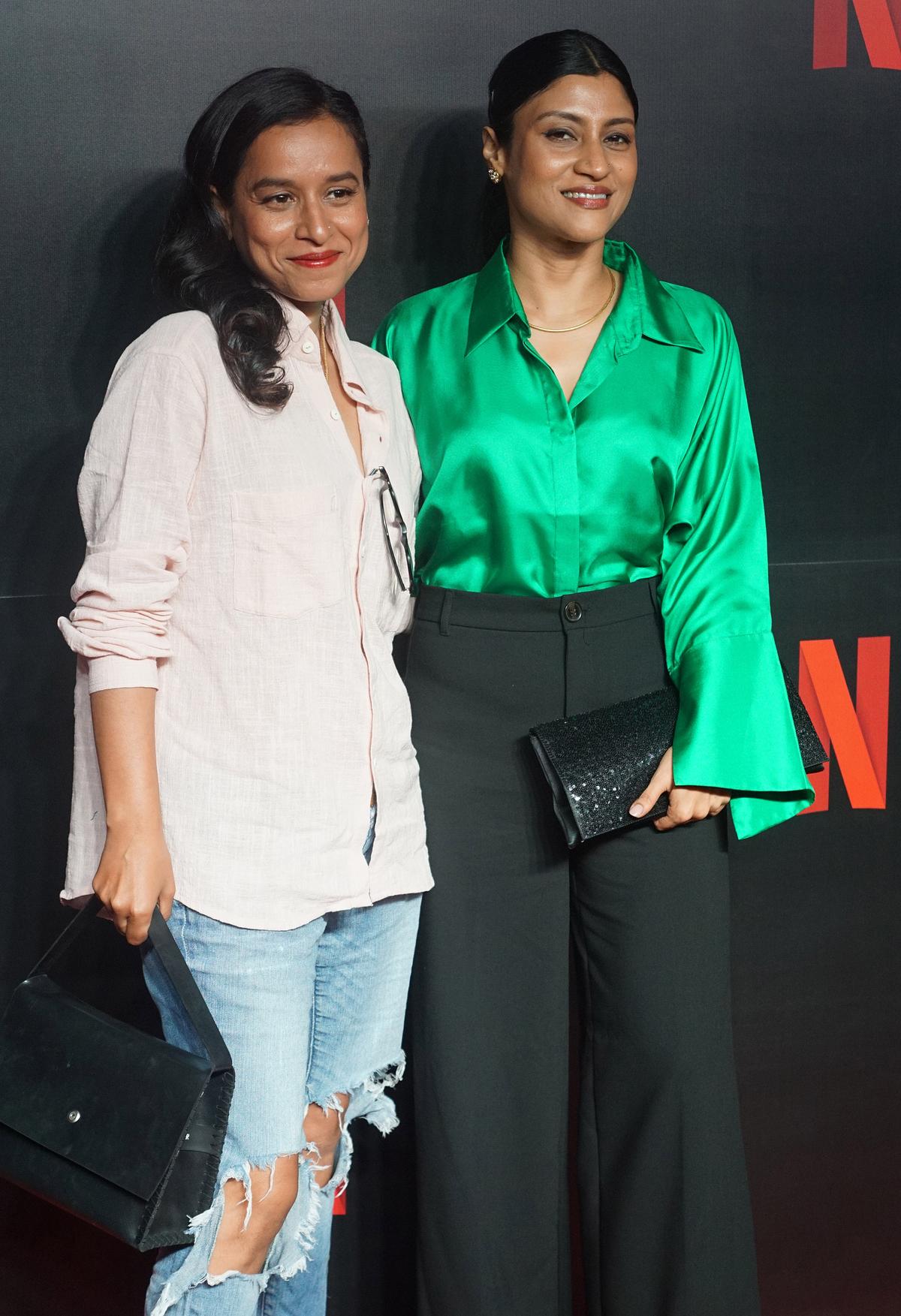
Konkona Sen Sharma with Tillotama Shome, who played the lead in Tribhuvan Mishra CA Topper
| Photo Credit:
Getty Images
Watching Shuchi Talati’s poignant coming-of-age thriller Girls will be Girls, I was absolutely disarmed by the raw, genuine and vivid telling of a complicated family dynamic. And yet, I was unprepared for where it took me: the healing and happy destiny of a complex protagonist. The author accepts her proclivities, and you would be petty not to.
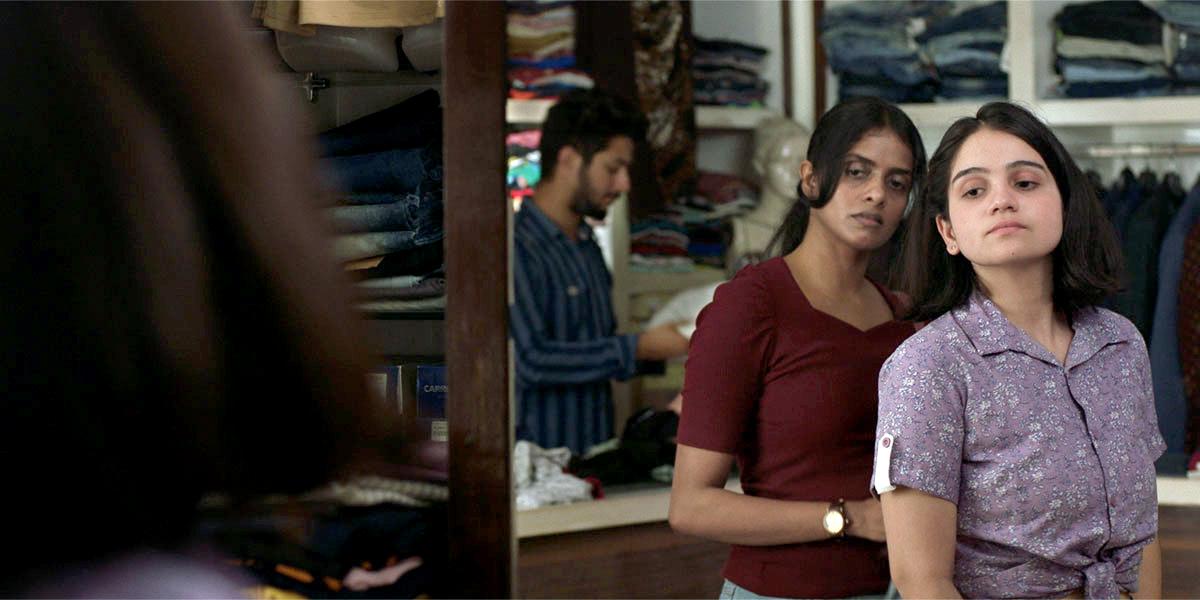
A still from Girls will be Girls
Sean Baker’s extraordinary Anora opens with Mikey Madison’s Ani, a sex worker, in the act, fully confronting the realities often sanitised in mainstream cinema. For example, the 1990 hit Pretty Woman keeps Julia Roberts’ Vivian’s professional life at a distance, preserving the fairytale romance while ignoring the grit beneath.
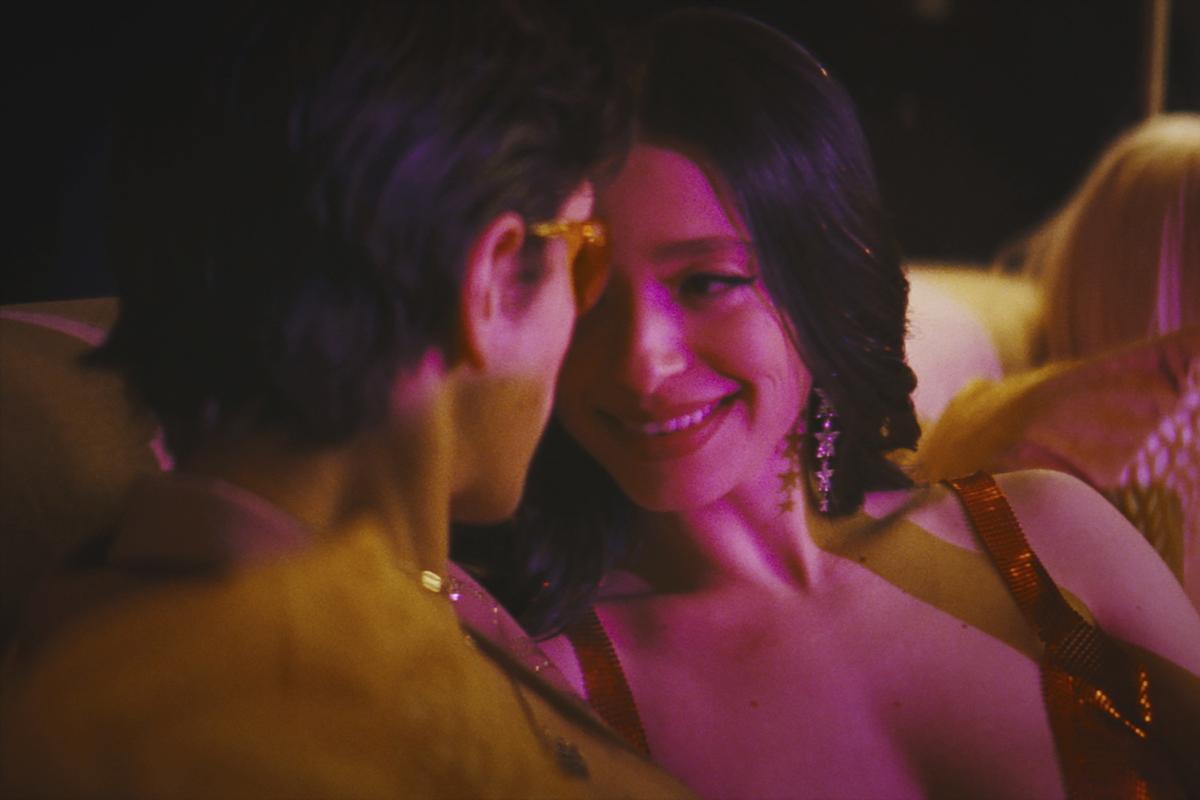
A scene from Anora
And then there’s Halina Reijn’s ground-breaking Babygirl, about a CEO who begins a torrid affair with her much younger intern. It wasn’t the raw exploration of the dominance-submission fetish of BDSM that was shocking, but how Nicole Kidman’s Romy ‘owned’ her kink — a watershed moment in studio-backed star-studded cinema. Romy is not Sharon Stone’s Catherine from Basic Instinct, a ‘femme fatale’ who is only sexy so that she can wreak havoc. Romy is just a girl kneeling in front of a boy begging him to feed her grapes. Only because it turns her on!
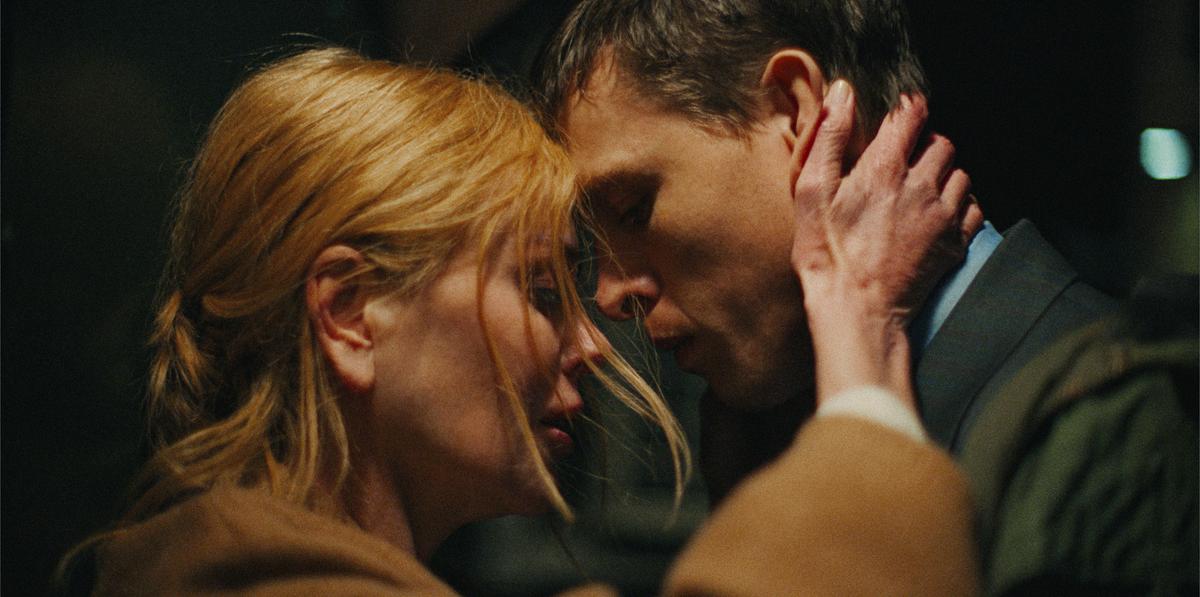
Nicole Kidman and Harris Dickinson in a scene from Babygirl
Shifting the lens
Have films not tried to shed shame before? Of course, they have. But not so frequently, and not with such elan. In 2024, desirous characters were rewarded with compassion, empathy and power. And every time I’ve encountered it, it’s added up to a feeling: are we on the cusp of a new wave? The ‘Cinema of Desire’, where desire doesn’t need to be punished — where, by attempting to redefine the destiny of desire, cinema could possibly be changing the lens on how we see love and, thus, life itself.
Friends caution me about being such an optimist, but I can’t help noticing desire triumph in cinema everywhere. Watching one of this year’s finest Hindi films, Imtiaz Ali’s Amar Singh Chamkila, I learnt that the singer of risqué songs in the 80s earned the title ‘Breaker of Terraces’ because hordes of women would gather on rooftops to see Chamkila perform, eventually bringing the terrace down with their dancing. The biggest fanbase of his ‘lewd’ songs were women, who had never heard their desire sung about. Chamkila was punished with a brutal death, and those songs and stories taken away from the women.
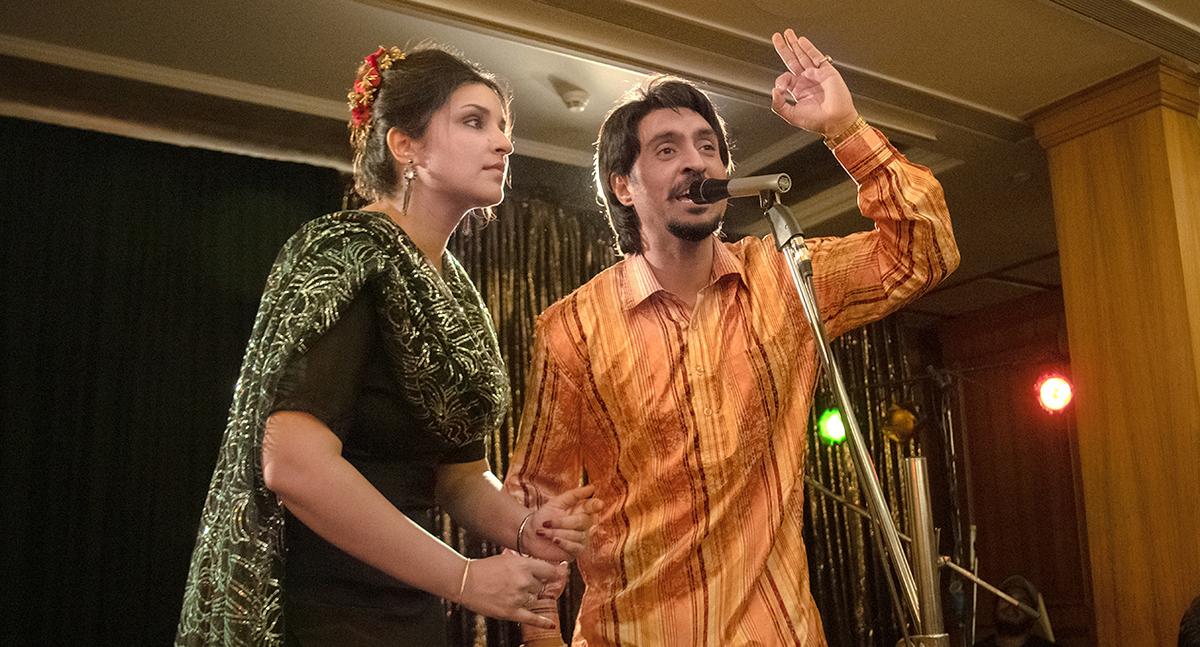
A still from Amar Singh Chamkila
Many filmmakers have attempted telling this story before. Kabir Singh Chowdhry’s avant-garde 2018 piece Mehsampur, an investigation of Chamkila’s death, struggled to be seen. But in 2024, the Punjabi singer’s martyrdom is finally being commemorated.
Desire isn’t a ‘crime of passion’ now. It’s a valid life force. To film critic Mayank Shekhar, Talati’s tour de force Girls will be Girls offers a perspective on women’s desire that he was never privy to before. “What is striking to me is the unadulterated telling of the tale, without the titillation that was once employed to serve a primarily male audience, like in The Graduate,” he says. “Once movies about women were made for men. No one’s bothering with that anymore.”
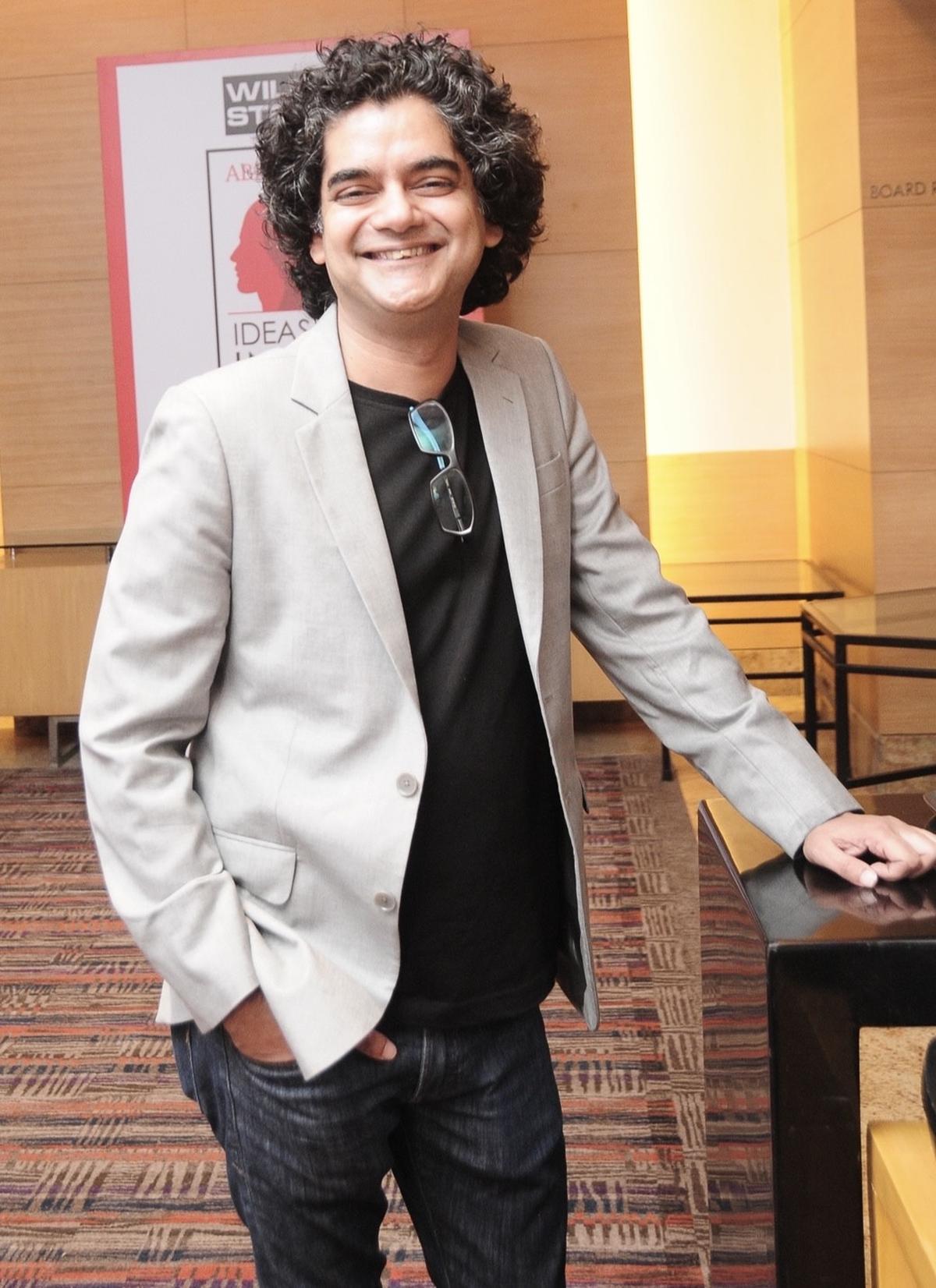
Mayank Shekhar
According to Shrivastava, even something as humble as a selfie is helping people change how they see themselves and how they want to be seen. “Women are stepping out of being someone’s daughter, mother or wife. Be it in a selfie, where she is dressed for a wedding party, or a simple recipe video, she is asserting her individuality outside of the family photo,” she observes.
Where a rom-com would end with someone finding their soulmate, the individual is now stepping into the spotlight. And cinema is finally beginning to tell them: we won’t judge you for feeling what you feel.
‘Liberation is precious’
Five months ago, Tillotama Shome played the lead, Bindi Jain, in Tribhuvan Mishra CA Topper. In the hit Netflix show, Bindi, a woman in an unfulfilling marriage, boldly acts upon her desires. It ruled the ‘Most viewed’ charts for months, but what feels truly precious to Shome is when married women walk up to thank her for telling their story. In many ways, they finally feel seen.
While the actor has received much love for her work around desire in Sir, Mirror and even my own film Nayantara’s Necklace, this forthrightness from fans feels new to her. “I am often looking closely at them choosing their words carefully, as they utter to me things they haven’t even uttered to themselves yet,” she says. These invisible stories need to come out, for cinema to truly start capturing the human experience outside of outdated moral codes.

Tillotama Shome
| Photo Credit:
Getty Images
When Rainbow Rishta hit Amazon Prime Video in late 2023, I was often met with a very surprising remark — that the show was “eye-opening”. My 73-year-old aunt was moved to tears because she discovered that LGBTQIA+ folks were “actually just like us”. Cinema had only cast us as freaks or jokes. With Rainbow Rishta, I wanted to show that while I love differently from you, my heart beats just the same. And it’s time we were seen for all of it.
This liberation is precious, and is something of a cultural milestone. Just look at the number of OnlyFans (the racy subscription-based video on demand service) creators from B and C towns of India. Or even the rise of apps focused on finding partners with similar fetishes and kinks. It’s taking over little circles of sexual subcultures and our cinema is beginning to acknowledge it, without judgement.
Babygirl’s exploration of the dom-sub roleplay points at a shift where taboo desires could be finding validation through cinema. It makes me wonder if this has everything to do with the slow disappearance of the rom-com? Maybe people are not finding joy in looking for soulmates to walk into sunsets with. Maybe they want new experiences; they don’t want to ‘settle down’ but want to wander free.
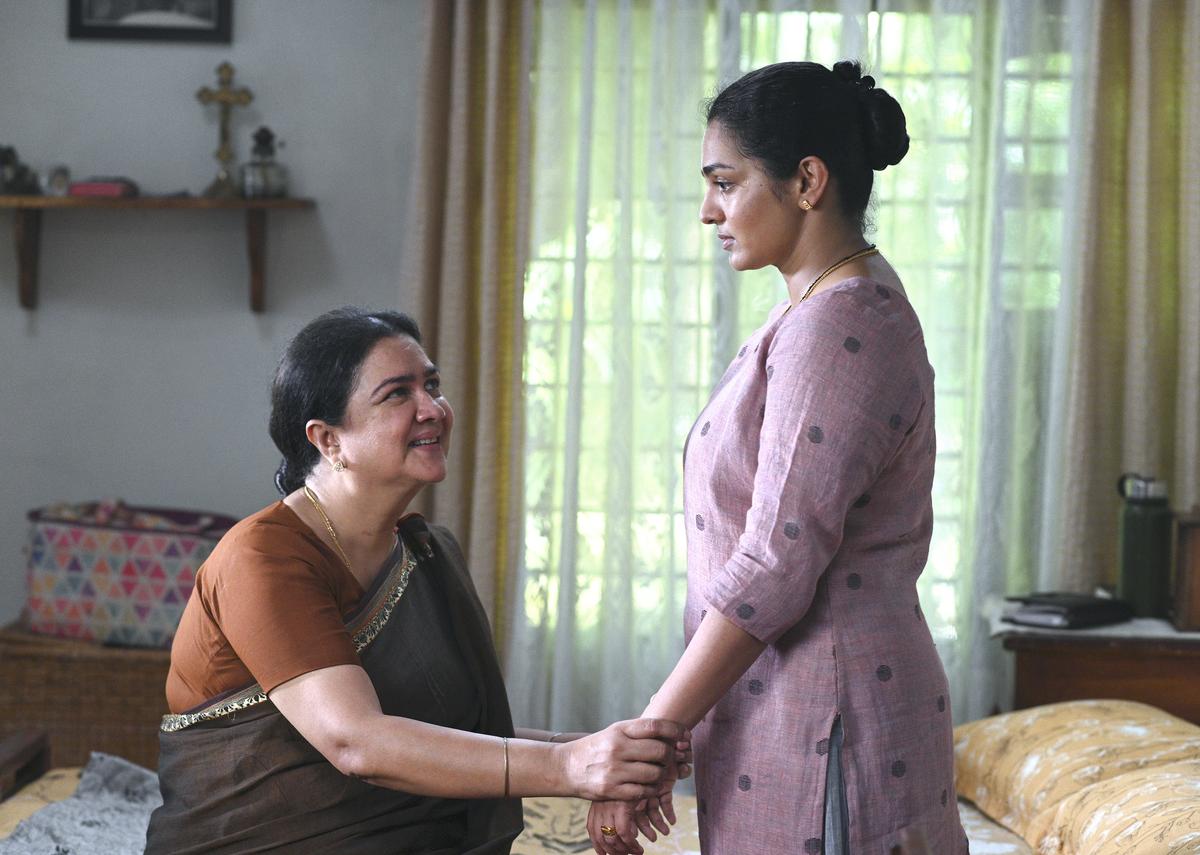
A still from Ullozhukku
What people want
For the past few months, every room you step into in the film world resounds with a chorus of alarmist despair. How money in the film industry is drying up, how the best days of OTT programming are behind us. From producers to actors, everyone is scrambling to make sense of what the audience really wants. The lament for the rom-com often comes up in these rooms. But I think it’s time to bury the trite rose-tinted films, as we knew them.
The love story must evolve with the times, and this year has thrown up shining examples. Luca Guadagnino’s Zendaya-starrer Challengers may be a film about tennis and helping a grand slam champion out of a losing streak, but at its core it explores the complex, erotically-charged relationship between three individuals caught in a web of rivalry and desire. Christo Tomy’s Malayalam gem Ullozhukku successfully goes beyond the monochrome of right and wrong, and understands desire outside of the boxes of patriarchy, while Anees Bazmee’s superhit Bhool Bhulaiyaa 3 portrays a transgender character’s primal struggle, with unprecedented empathy and understanding. Even feel-good shows such as the underrated Hulu series English Teacher by Brian Jordan Alvarez examines and celebrates ‘open’ relationships within the gay community, without the weight of judgement.
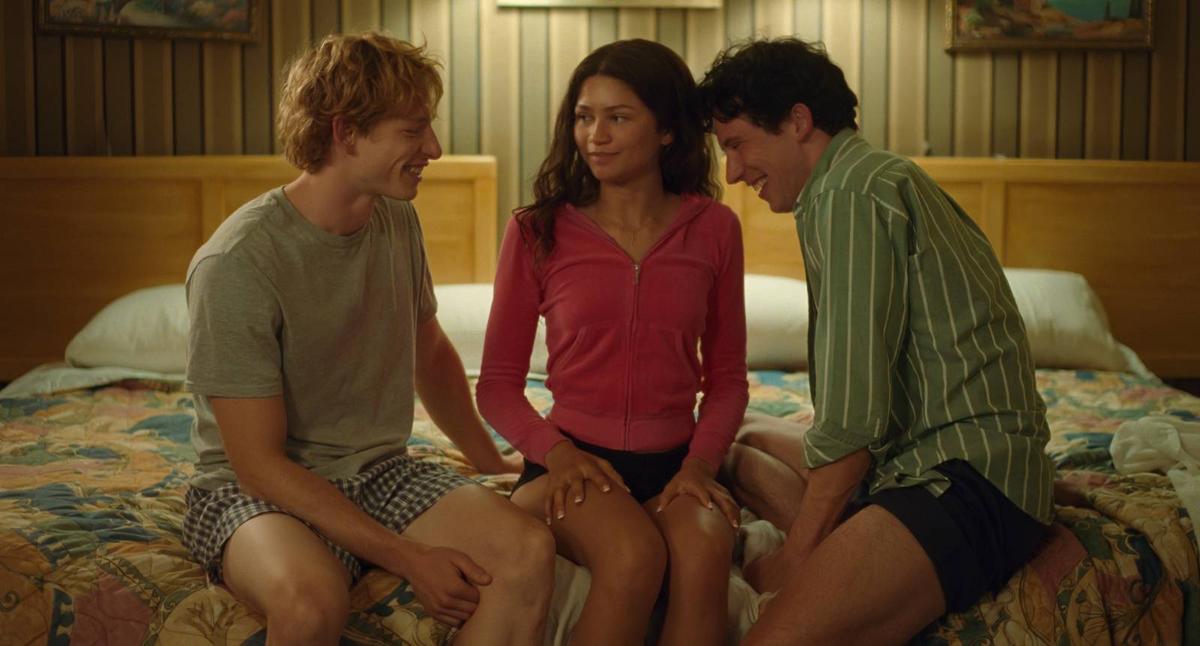
A still from Challengers
Today, the audience wants more true, raw and unapologetic stories. And the new year is already looking exciting. Sundance’s 2025 programming, for instance, includes Rachel Fleit’s Sugar Babies, about a fast rising TikTok influencer who’s determined to overcome poverty by launching an online ‘sugar baby’ operation, Mathias Broe’s Sauna, about a gay man who falls in love with a transgender man, to the first Marathi film at the festival, Rohan Kanawade’s Sabar Bonda, about a gay couple in rural Maharashtra.
Let’s turn hushed whispers of desire into bold stories. People everywhere are fearlessly rewriting their narratives. It’s time cinema catches up.
The Mumbai-based filmmaker and writer has directed award-winning commercials and written films such as Khoya Khoya Chand and Shaurya. His short film Nayantara’s Necklace and OTT series Rainbow Rishta, nominated for a 2024 GLAAD Award, have received global acclaim. In 2024, he was named a BAFTA Breakthrough Artist.
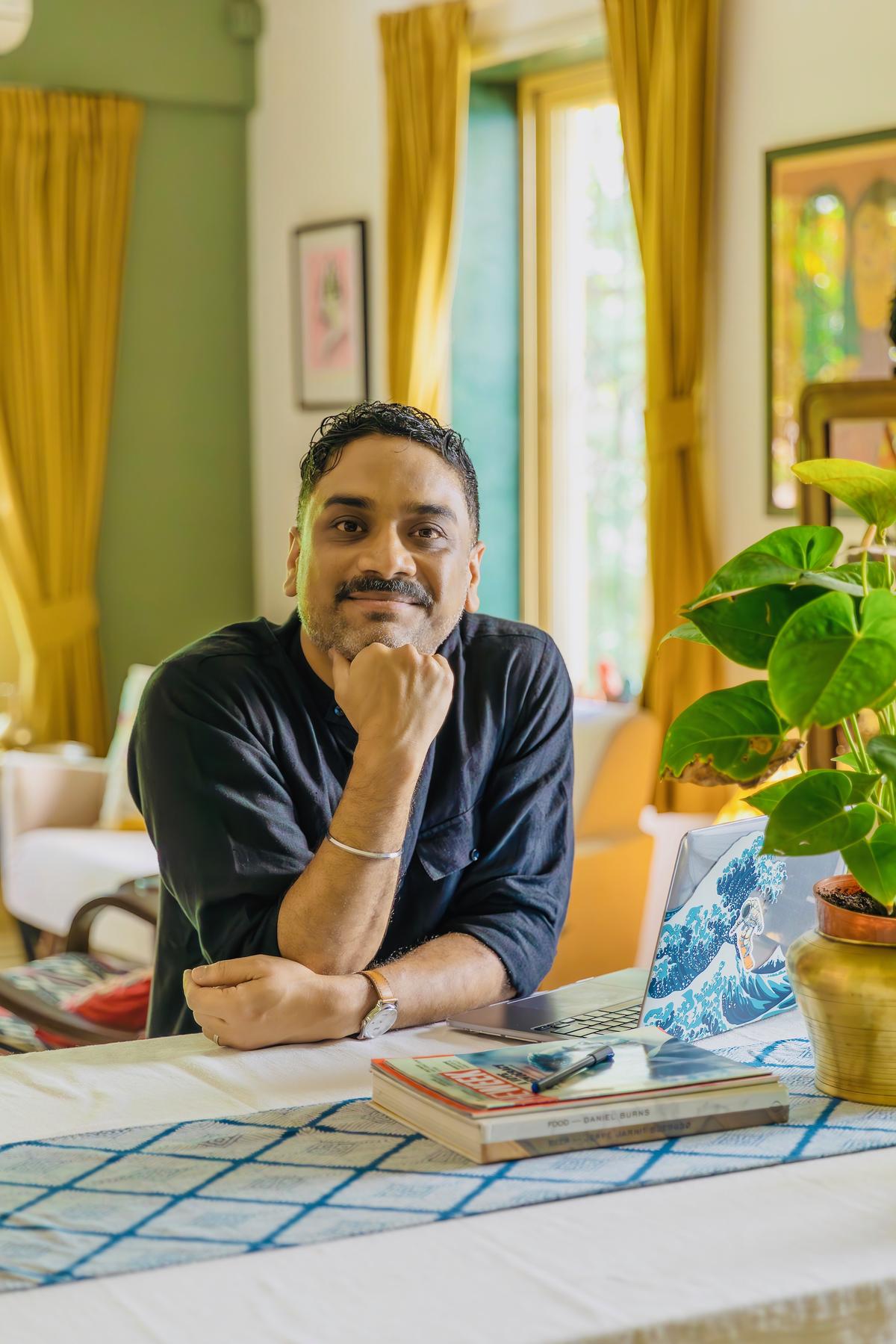
Jaydeep Sarkar
Is Bollywood low on love?
Much of Bollywood’s contract with its audience is being rewritten; the industry isn’t going in for straightforward romances any longer. The highest-grossing Hindi films of 2024, for instance, are Stree 2 (₹874.58 crore approx), Bhool Bhulaiyaa 3 (₹417.51 crore), Singham Again (₹389.64 crore), Fighter (₹344.46 crore), Shaitaan (₹211.06 crore), Crew (₹157.08 crore), Teri Baaton Mein Aisa Uljha Jiya (₹133.64 crore), Munjya (₹132.13 crore) and Bad Newz (₹132.13 crore).
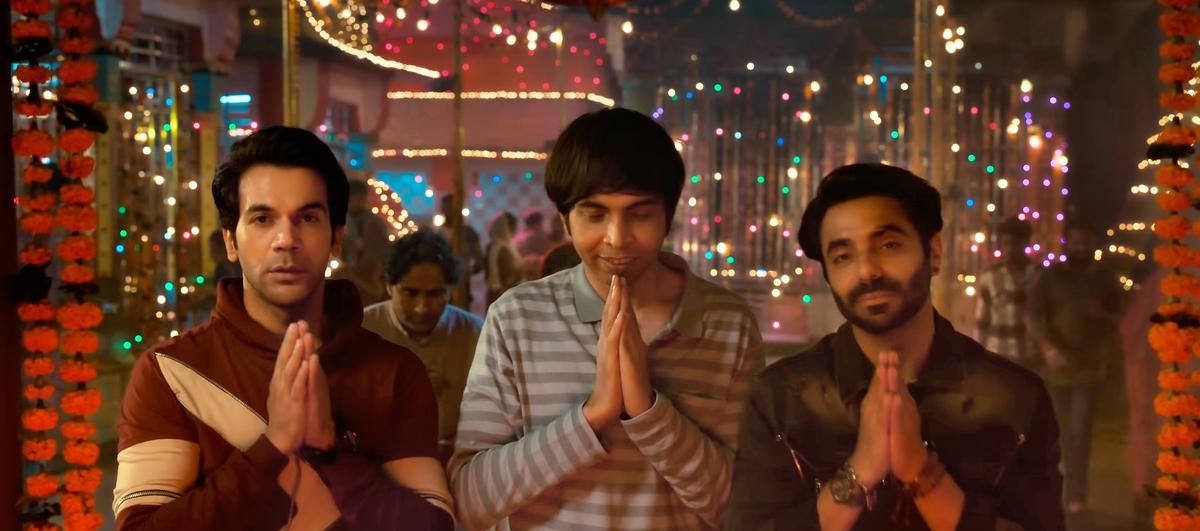
A still from Stree 2
Two are action blockbusters, the rest comedies or horror films (or that propitious combination of both). The only unambiguous ‘love story’ on the list is Teri Baaton, although the film’s heroine, quite representatively, is a robot. The exception proves the rule.
There are several reasons for this shortfall. The contemporary theatre-going audience is perceived to have grown awfully impatient — it needs its genres punched within genres, like a mixed-spirit cocktail. Hindi movie-watchers, it is believed, do not have the stamina to sit through a three-hour epic predicated on the breaking and mending of hearts. Personally, I disagree with this analysis: one of the most successful re-releases of the year was Veer Zaara, a two-decade-old grief-kissed romance, starring Shah Rukh Khan and Preity Zinta, and directed by Yash Chopra. The runtime? A brisk 192 minutes. Clearly, a mix of nostalgia and melodrama isn’t lost on a contemporary Hindi film audience.
A more tenable explanation may be the lack of original love stories being sought out and greenlit by studios. Even a film like Do Aur Do Pyaar, an otherwise charming rom-com featuring Vidya Balan and Pratik Gandhi, was remade from the 2017 American film The Lovers. But if studios were feeling a little adventurous, are our filmmakers and technicians up to the task? Popular Hindi film music and choreography of late hinges on virality — reels and hook steps supersede emotional uplift.
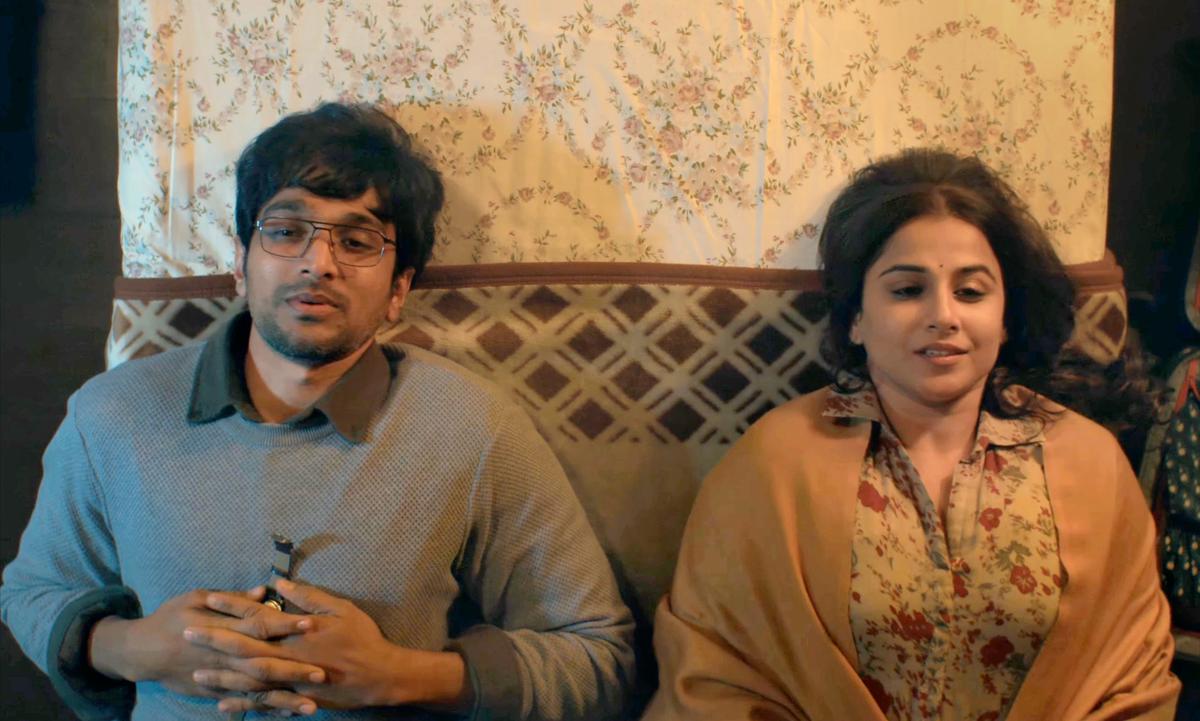
Do Aur Do Pyaar
Going into 2025, the road looks uncertain for plain old romance in Hindi films. Its paradoxical future — where it must vie for space with more strident cinematic emotions — is echoed by the title of the forthcoming Sanjay Leela Bhansali film: Love and War.
— Shilajit Mitra
Published – December 27, 2024 04:53 pm IST
#cinema #desire #romcoms #dead
